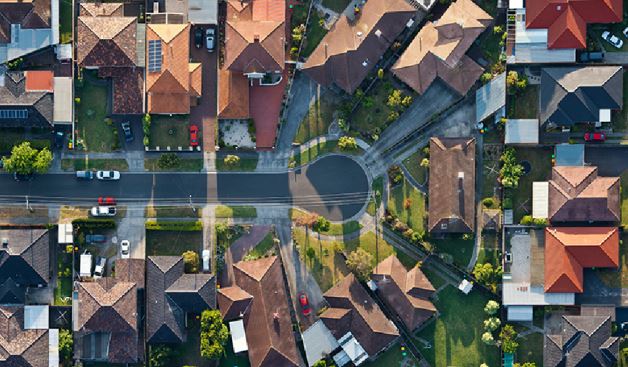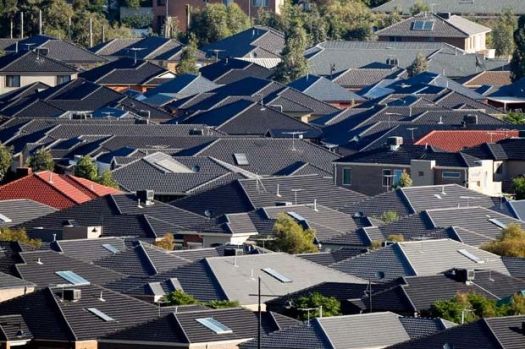
The energy sector should collaborate with state and local governments to develop solutions that alleviate demand during heatwaves given ‘peak pricing’ is likely to negatively impact vulnerable residents, experts say.
Local initiatives like South Australia’s plan to install rooftop solar and batteries at 50,000 homes including social housing sites has potential to reduce the health risk to “heat vulnerable” households, largely by reducing their electricity costs.
However, on the whole, there is still far too little being done to tackle the contribution of poor housing to some people’s vulnerability to heatwaves in Australia.

That’s according to Larissa Nicholls, a research fellow in the Centre for Urban Research at RMIT, who has studied the impacts of electricity policy on households during heatwaves.
Her analysis, published late last year, recommended that disadvantaged areas vulnerable to heatwaves could be targeted for local solutions such as “cool public spaces” and new technological innovations.
While the energy sector aims to reduce electricity demand during hot weather through “price signals” – charging higher prices for electricity at peak hours – the study led by Dr Nicholls was among the first to examine how this affects energy usage or impacts vulnerable households.
To meet peak demand for electricity on very hot days the electricity network has undergone extensive upgrades that have contributed to a doubling in electricity prices in the last decade, the study noted.
At the same time, Australian households face increasing risks from heat because of an ageing population, the longer and hotter heatwaves being experienced, and shortcomings in housing that are not being adequately addressed, the researchers said.
Heatwaves currently kill more people in Australia than all other natural hazards combined.
Energy use during heatwaves
Dr Nicholl’s study, which surveyed 36 households and about 70 health and social service professionals, found some of the most vulnerable people, including older households and those with health conditions exacerbated by heat, are already self-rationing air conditioning in hot weather.
The report found:
“Electricity tariffs that include higher costs for electricity at peak times are likely to encourage some of these households, and others, towards further restriction of air conditioning and health risks.”
At the same time, peak pricing does not significantly help the electricity grid at peak times “as the households most likely to respond are already conservative with energy use.”
Industry, government collaboration needed
The report recommended the energy sector work with local and state governments on the challenges and opportunities of increasing access to indoor public spaces, such as libraries, which experience surges in demand on hot days.
“The electricity sector could collaborate – for example, with local councils, housing agencies, health agencies – to support provision of cool public spaces in key areas of network constraint and heat vulnerability/ disadvantage,” it said.
Dr Nicholls told Government News that the report’s findings had garnered interest from state government staff in demand management, the City of Melbourne and electricity distributors.
“However, I would say the potential to reduce peak electricity use in healthy, younger households through voluntary reductions is still being overlooked,” she said.
“There is still a heavy focus among the energy sector and government on using financial incentives and technological tools to shift demand from peak times, despite evidence of risks and limitations.”
Comment below to have your say on this story.
If you have a news story or tip-off, get in touch at editorial@governmentnews.com.au.
Sign up to the Government News newsletter.
One thought on “Call for local solutions on housing and heatwave risk”
Leave a comment:
Most read
Scathing report finds little has changed at PwC
Qld council welcomes progress on massive battery system
‘Local’ procurement turns out not to be so local, committee hears
Another report finds local government falling down on cyber security
MoG changes see regions, investment return to NSW Premier’s Department


How about a full-suite effort to reduce the urban heat island effect and reduce how much energy people need to cool their homes in heatwaves?
1. Residents could buy trees and shrubs at wholesale prices to increase “canopy cover” inside their fences and on their road verges – San Fran has “Grey 2 Green”
2. Govt could subsidise residents painting rooftops white (NY is painting them white)
3. Govt could resurface roads in grey instead of black as part of their routine road upgrade works, and at the same time mark sections for bicycles – LA, Sydney, etc